School clubs, Tokyo Disney, seminars, cultural festivals (matsuri)! From the common culture of university students around the world to Japanese universities’ unique student cultures, let’s take a look at university life in Japan.
Table of Contents
- Freshman Year University Life in Japan
- Second Year University Life in Japan
- Third Year University Life in Japan
- Final Graduation Year University Life in Japan
Freshman Year University Life in Japan

Club Activities: サークル (Saakuru; Circle) and 部活 (Bukatsu)
The school year in Japanese universities begins in April. And depending on the region, you may see cherry blossoms in full bloom or fallen petals on the ground. Looking at the campus map and moving between unfamiliar buildings, the words “saakuru” reach my ears, almost sounding like “sakura (cherry blossoms)”.
What is “saakuru”?
「サークル saakuru」means “circle”, as in “a group of people with common interests”. It can very loosely mean “club” or “society”, and is a term primarily used in Japanese colleges, universities, etc. higher education institutions.
「サークル活動 saakuru katsudou」means “circle activities”, “group activities”, and very loosely “club activities”.
What is “bukatsu”?
「部活 bukatsu」and 「部活動 bukatsudo」both mean “club activities” or “extracurricular activities”. The term “bukatsudo” is primarily used in elementary, middle and high schools in Japan. The biggest difference between “saakuru” and “bukatsu” are their status and purpose.
Difference between Saakuru and Bukatsu
In the case of saakuru, they are not officially recognized by the college/university and therefore receive no funding for activities. At the most, they receive a place to carry on activities. The upside is that the atmosphere is more relaxed as the main (sometimes only) purpose is for people of the same interest to gather and mingle. They also have much more freedom when it comes to circle activities, circle types, and meet-ups.
On the other hand, bukatsu are officially recognized by colleges/universities and receive funding for their activities. They can only be described as being more “serious” with members expected to be dedicated to club activities, maintain the club’s reputation, and achieve results through activities amongst others. Clubs that join competitions will represent their university. Since performance results are important, it is common for clubs to have practice or activities daily.
Types of Circles
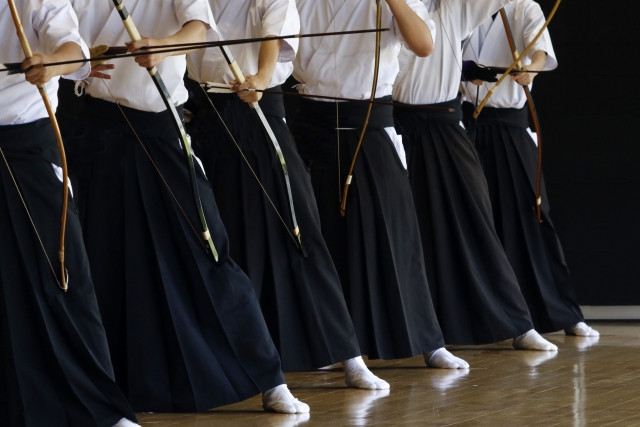
Here’s a peek at the different type of circles that are available:
-
Sports: Baseball, soccer, skiing, snowboarding, judo, kendo, swimming, etc.
-
Culture: Film, theater, dance, art, literature, traditional arts (dance, tea ceremony, flower arrangement, calligraphy), photography, gag (owarai), magic, etc.
-
Humanitarian: Support for developing countries, nursing facilities, childcare facilities, disaster support, etc.
-
Study Majors: English, law, history, politics, media, mathematics, languages, finance, etc.
-
English: ESS (English Speaking Society/ English Studying Society), mainly English conversation circle
-
Media: Broadcasting research, advertising research, publishing
-
Planning/Events: A circle that hosts various events such as walks, quiz competitions, and beauty/handsome pageants.
-
Subcultures: Anime, Manga, Games
What is circle slang - “inkare”, “kensa”, “oran”?
Usage of slang terms is common in universities, including expressions relating to circles. Here are some circle slangs that may be difficult to guess what they actually mean.
-
Inkare (インカレ): An abbreviation for “inter-college” that refers to university union circles, a circle that is composed of students from various universities.
-
Kensa (兼サー): The kanji「兼」means “cum”, “concurrently”, and “at the same time”. One of the common usages is in「兼業 kengyou」which means “side business”. This term refers to joining multiple circles within the university.
-
Oran (オーラン): An abbreviation for “all-round circle (オールラウンドサークル)” which is a type of circle. Unlike typical circles that have a fixed theme and activities, like sports, it is a social circle for enjoying university life so anything goes.
School Cafeteria: 学食 (Gakushoku)
After listening to the circle’s enthusiastic attempts to promote themselves and recruit new members, I’m starting to get hungry. It’s time for lunch at “gakushoku”, one of the joys of college life. Each university has its own recommendations (オススメ osusume). Some university cafeterias are open to the general public as well, so it’s a good experience to check it out.
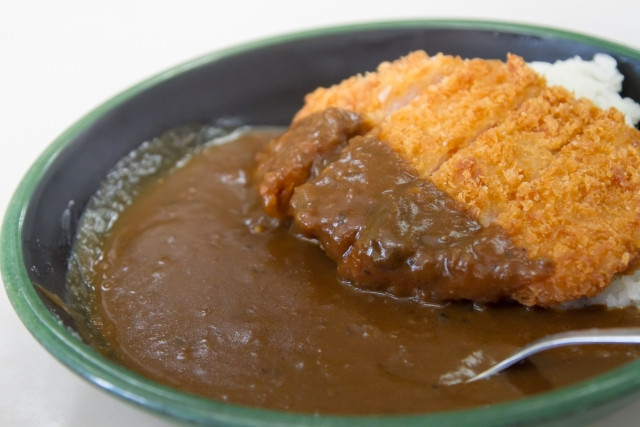
Brief stop here>> Waseda University Gakushoku Research Group
At the prestigious Waseda University in Japan, there is an interesting circle that goes around trying the food at school cafeterias. They release a “Gakushoku Ranking” every year, and the results are published in the “Gakushoku Guidebook (学食ガイドブック)” magazine, covered by television, and etc. as a standard for other school cafeteria.
「ここはこれ!」”Koko wa kore!” “(Eat) this here!”
The circle’s biggest goal is finding (and sampling) unique and loved food at various university cafeterias, and then sharing it with others.
Part Time Job: アルバイト (arubaito)
In Japan, many people get a part time job for the first time in their life when starting university. Why? Because they have more spare time compared to high school life when they need to juggle studies, club activities and university entrance exams. It is a great feeling for many to finally work a job, earn their own money, and feel like an independent adult. Arubaito can be said to be a huge part of university life in Japan.
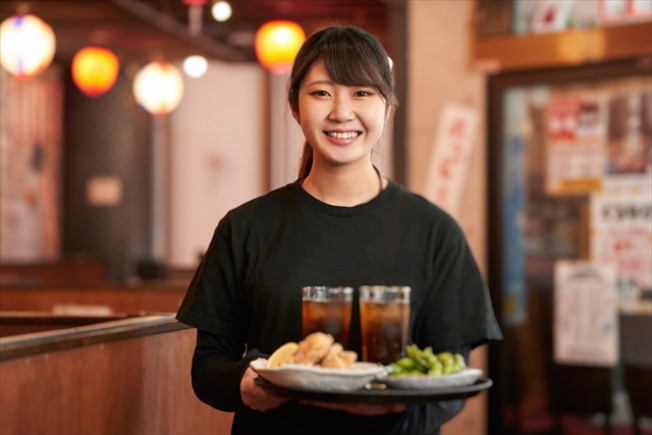
For international students, working a part time job is mostly for practicality sake. Income from working a part time job can help support the high tuition costs and living costs when studying in Japan. Not to mention, the more money you earn means more money to spend. Another advantage of arubaito is the opportunity to practice and improve your Japanese speaking and listening skills. Plus, if you work near your university, the chances of making friends with a fellow student or working with a friend increases.
Especially studious students may want to focus on their studies instead of getting distracted by arubaito. In such a case, you can always choose to work only during summer vacation that starts in July, usually from as short as 2 months to as long as 3 months. End of the year winter vacations are also a good time, especially since not many people want to work at those times as they return to their hometown to welcome the New Year, which means higher wages to attract people to work.
However, in the case of international students, their status of residence is “student (留学)” and thus not allowed to work. If you want to work, you need to obtain a “permission to engage in activities other than that permitted under the status of residence previously granted” which allows you to work for up to 28 hours a week (up to 40 hours a week during long-term school closures). There are also other rules such as prohibited industries such as the entertainment industry. Read <What is a “permission to engage in other activities other than that permitted under status of residence” in Japan? Necessity, application method, and precautions.> carefully.
Wondering about what job to get? Read <Work While You Study: Top Part Time Jobs for International Students in Japan> to find the perfect job for you.
Writer's Pick
Second Year University Life in Japan
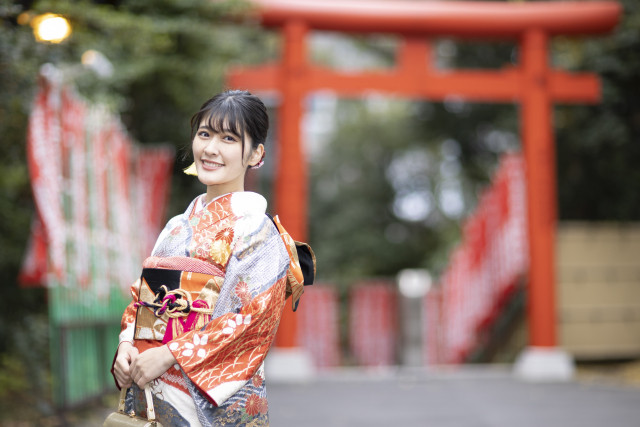
Coming-of-Age Ceremony: 成人式 (seijin shiki)
In Japan, first year university students are generally 19 years old. Therefore, many university students celebrate the coming-of-age ceremony in their sophomore year when they turn 20, the age of adulthood. However, from April 1, 2022, Japan has lowered the age of adulthood in Japan from 20 to 18 years old. Following this change, many local municipalities have changed their schedules for coming-of-age ceremonies to accommodate those who are turning 18 and 20.
Generally, coming-of-age ceremonies are held on a date close to the coming-of-age day (成人の日) in January, and are hosted by local public organizations. Celebration activities include speeches, parties, gift exchanges, etc. Around mid-January, many of these soon to be adult youths will take commemorative photos at their local halls or in front of their childhood homes.
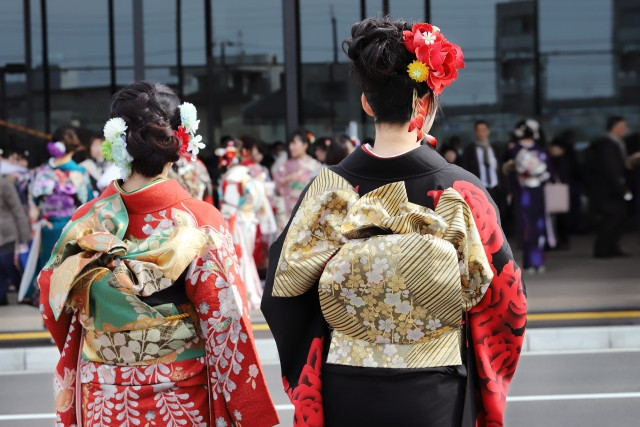
Furisode (振袖) is the traditional garment worn by women at coming-of-age ceremonies. It is expensive so most students cannot afford to buy one, and the rental price is also quite high. For this reason, there are some people who view coming-of-age ceremonies negatively. Still, seeing the joyous faces of these beautiful girls, soon to be women, dressed up beautifully and taking photos in front of their house makes me happy.
Disney: ディズニー
There are moments when your lack of familiarity with Japanese culture will catch you off guard. And this is one of them, a whole group of university students (probably friends) dressed the same and heading somewhere together. In many countries in the world, “matching clothing” are for couples (couple outfits) or families with young children, but in Japan, matching clothing is something fun to do with friends as well. And the best place to show off your “matching fashion” is Disney.
Brief stop here>> Disney Fashion Coordinate: ディズニーコーディ (Disney koodi)
After working hard at your part time job, of course you’ll want to have some fun! Wearing matching colours, patterns, etc. when visiting Disneyland for a break from studies definitely sounds fun. Researching the best Disney outfit, aiming to be an Instabae (インスタ映え: photos that attract attention on Instagram), and of course getting cute headbands when you enter!
Third Year University Life in Japan

Seminar: ゼミ (zemi) / Study Camp: 合宿 (gasshuku)
Zemi (ゼミ) is the abbreviation for seminar (セミナー). In Japan, seminars are “a method of teaching in the form of research presentation and discussion led by university professors”. It is closer to a study group or workshop rather than a lecture to listen to.
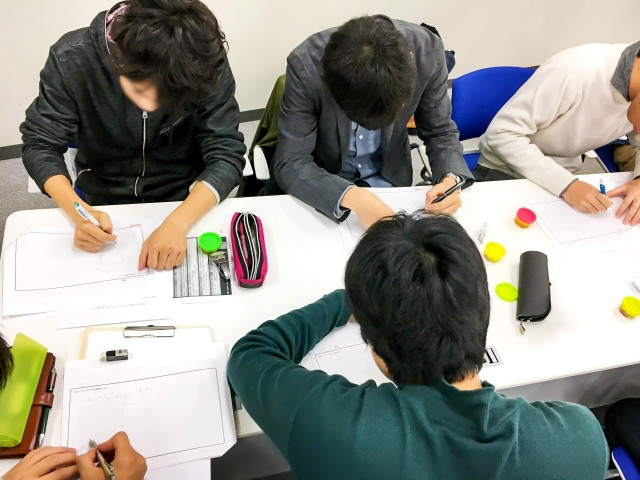
Japanese university students are required to write a graduation thesis. At this time, you will be assigned to your advisor's seminar and receive guidance on your thesis. Students may sometimes leave for a “study camp (合宿)” as a unit of the seminar. As part of circle activities and preparations for culture festival, it is also common for students to leave for “training camps (合宿)”.
Internship: インターンシップ

Japan has a high employment rate, but even so the pressure to find a job seems to be a lot for Japanese university students. Job Hunting activities begin in earnest at the beginning of summer vacation for students in their 3rd Year of university, including joining internships. Just like when finding a job, you submit a resume, dress up in a suit, attend an interview, and experience failure, success, and the atmosphere of a full-fledged job.
The concept of internships in Japan can be quite different from other countries, not to mention the different work culture here. To get a better understanding of Japanese internships, read <Understanding the Concept of Japan Internships> so you’ll be better prepared and informed before applying for one.
Culture Festival: 文化祭 (bunkasai)
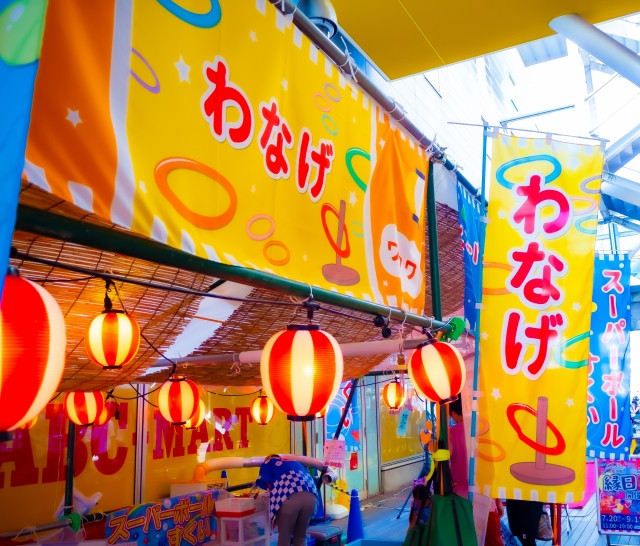
When summer vacation ends and fall semester begins, Japanese universities become engulfed in the atmosphere of culture festivals. From September to November, “culture festival” season begins in universities. Depending on the university, it is also called “university festival (大学祭 daigakusai)” or “campus festival (学園祭 gakuensai)”.
Cultural Festivals are the best time for circles to show what they’re made of. Classic festival foods like yakisoba, crepes, candy apples, etc. are made fresh and sold. There’s performances performed by circle members themselves, and maybe also guest invited performers. In recent times, popular foreign foods like Korean tteokbokki and German sausages are also sold.
Final Graduation Year University Life in Japan
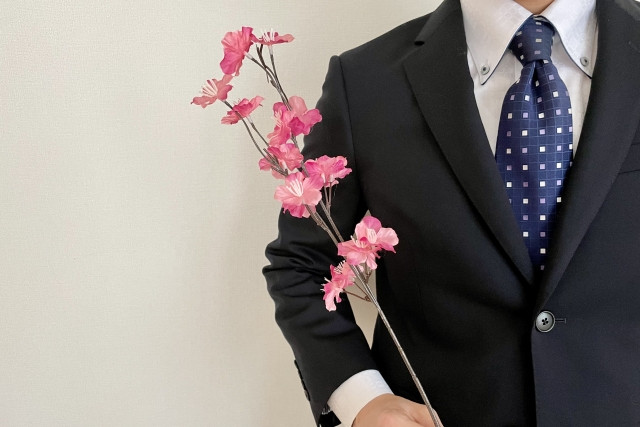
Job Hunting: 就活 (shuukatsu)
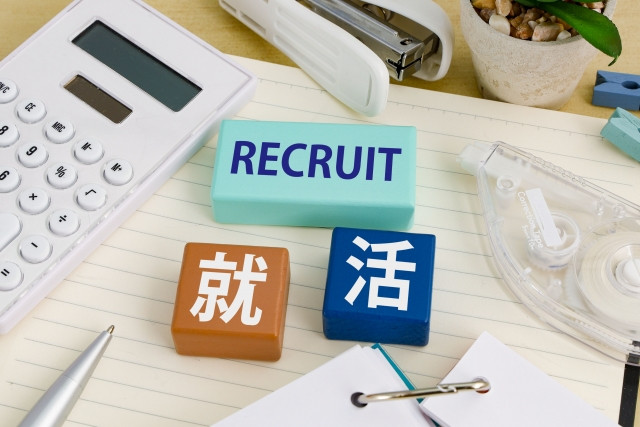
As the third year cultural festival ends and winter vacation approaches, Japanese university students begin their job hunting activities, called「就職活動 shuukatsu katsudou」, in earnest. It is the season for job information sessions, job briefings, career fairs, and so many interviews your daily wear changes to suits.
Although the timing varies from company to company, and from individual to individual, many people receive a job offer notification, or「内定 naitei」, during the summer vacation of their 4th year which is from July to September.
Brief stop here>> What happens after I receive a job offer notification?
There are still many things to do after that. For the Japanese, they:
-
Complete their graduation thesis
-
Register at a driving school to get a driver’s license
-
Plan a graduation trip
-
Work part time and save up money
For a guide from preparing to job hunt till receiving your job offer notice, read <Guide to Job Hunting in Japan for Fresh Graduates and International Students>.
Graduation Trip: 卒業旅行 (sotsugyou ryokou)
When it comes to university, graduation trips are not organized by the school but rather between close friends. Many university students in Japan go on graduation trips because it’s one of the last chances for everyone to travel together for a long time. Hokkaido, Okinawa… visiting a famous tourist spot in Japan, working hard to save money for the trip, or even planning a trip overseas to experience foreign culture, it really depends on your group of friends where your destination will be.

The last breath of freedom becoming a 「社会人 shakaijin」, working adult. A graduation trip to blow away your regrets and end your university life in Japan with a bang! Stretch your arms out with a “V” sign to commemorate your youth with dear friends from university and walk into adulthood with a clear heart and mind.
University life in Japan looks pretty fun! If you are thinking about studying in Japan, then look no further than <How to Study in Japan, An Essential Guide to Becoming an International Student in Japan>.


































